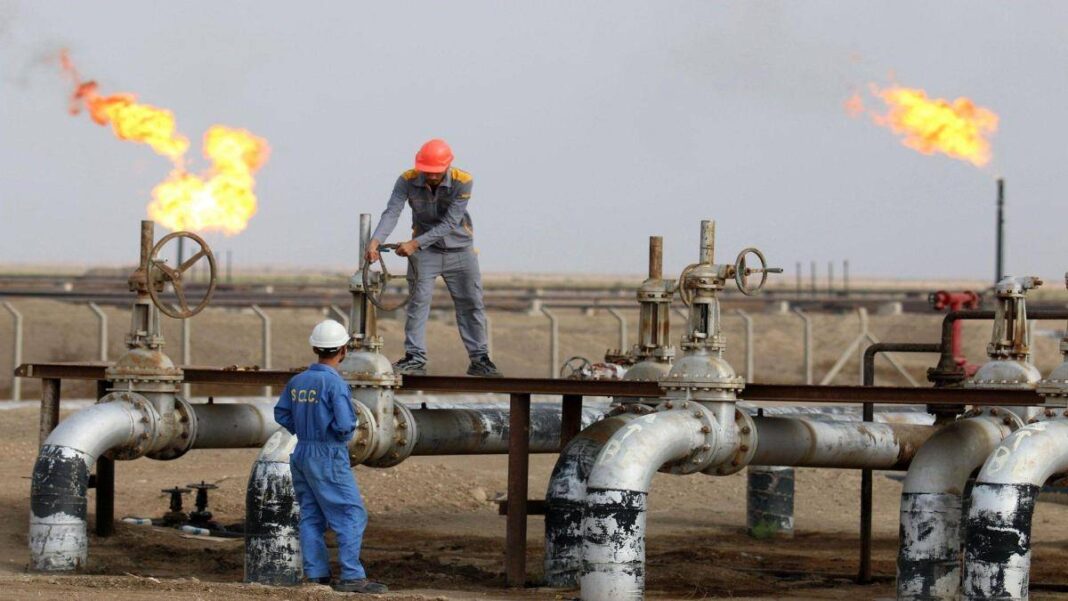Iraq’s weekly oil exports to US declined sharply, according to the US Energy Information Administration (EIA). The agency revealed that exports reached only 162,000 barrels per day last week, showing a major reduction compared to the week before.
In fact, Iraq exported 328,000 barrels per day to the US just a week earlier. Therefore, the new figures show a steep weekly drop of 166,000 barrels per day. This decline highlights fluctuations in oil trade between Iraq and the United States.
Meanwhile, the EIA confirmed that overall US crude imports increased. Last week, the United States imported an average of 5.69 million barrels of oil per day from ten major suppliers. This represented a gain of 250,000 barrels compared with the previous week, when imports stood at 5.44 million barrels daily.
Canada remained the top oil supplier to the United States, exporting 3.85 million barrels per day. Mexico followed with 437,000 barrels per day, while Brazil supplied 343,000 barrels per day. Additionally, Libya provided 280,000 barrels daily, reinforcing its role as a consistent supplier.
Moreover, Saudi Arabia exported 268,000 barrels per day to the US. Colombia added 137,000 barrels daily, while Nigeria sent 93,000 barrels. Smaller volumes came from Venezuela at 74,000 barrels per day and Ecuador with 44,000 barrels.
Although Iraq’s weekly oil exports to US declined, the country still remains a significant supplier. However, the latest figures indicate shifting patterns as Washington balances imports from diverse sources. Analysts believe these changes may reflect evolving market strategies, global supply dynamics, and seasonal demand shifts.
Furthermore, the fall in Iraqi exports contrasts with the overall growth in US oil imports. This suggests that other exporters are filling the gap created by Iraq’s lower supply. Still, Iraq plays an essential role in global energy markets, and its position in US imports could fluctuate in the coming weeks.
Ultimately, Iraq’s weekly oil exports to the US reaching 162,000 barrels mark a key trend. With international markets remaining volatile, both Iraq and the United States continue to adjust their energy strategies.



